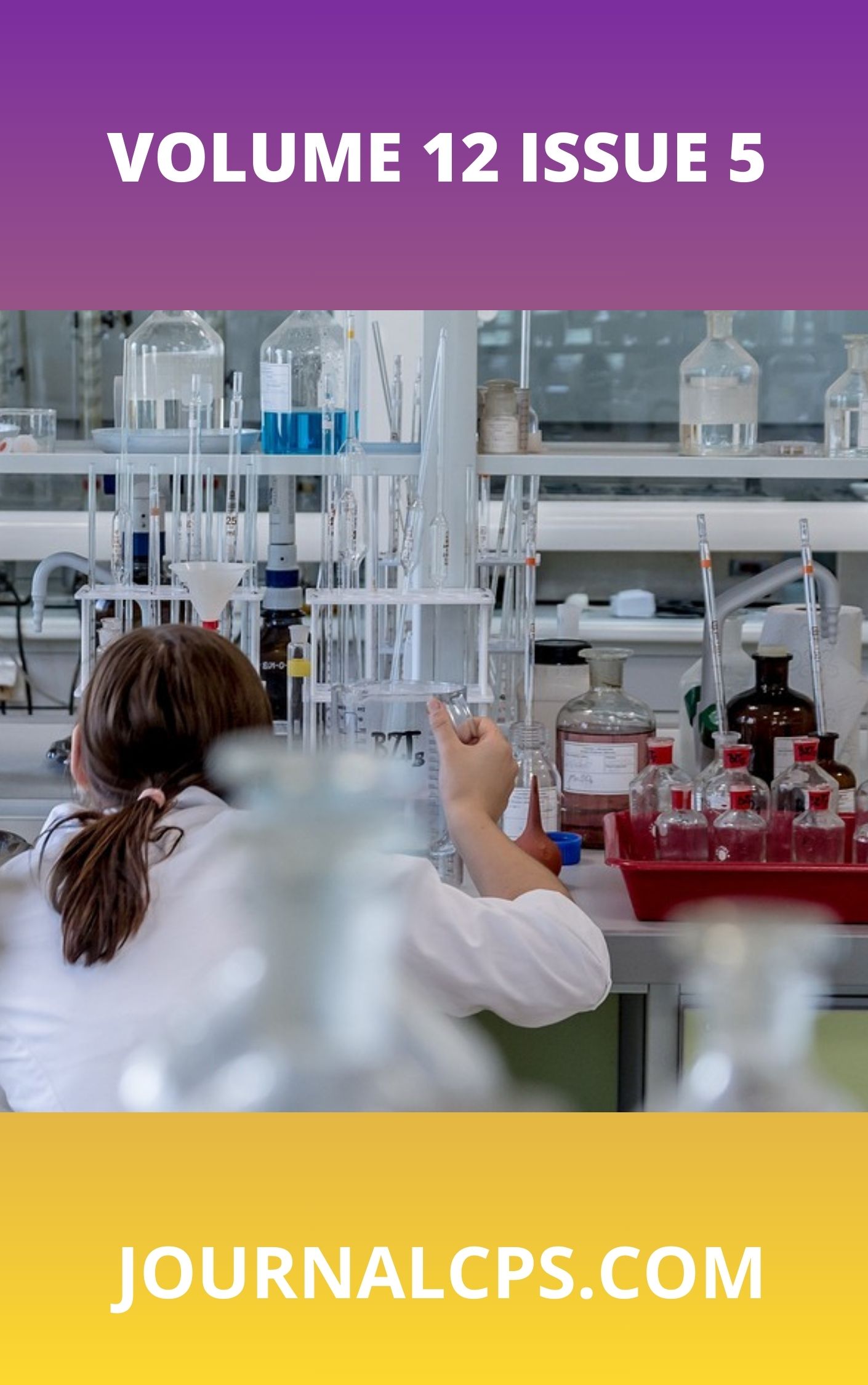A Conceptual Framework for Managing Pandemics: Integrating Disease Models with Public Behavior and Misinformation Control
Keywords:
Pandemic modeling, Public behavior, Misinformation, SEIR model, Dual-spread frameworkAbstract
Pandemic response strategies have traditionally relied on classical epidemiological models such as SIR and SEIR, which primarily focus on the biological transmission of infectious diseases. However, these models often overlook the significant influence of public behavior, trust in science, and the rapid dissemination of misinformation. This paper proposes an integrated conceptual framework that bridges these gaps by combining epidemic modeling with behavioral and informational dynamics in what is termed a "Dual-Spread Model." Through a synthesis of literature, historical examples (COVID-19, H1N1, Ebola), and illustrative diagrams, the study reveals how misinformation, public trust, and community responses can either amplify or suppress disease spread. The framework emphasizes feedback loops between disease outcomes, information flows, and behavioral responses, offering practical insights for policymakers. Key policy recommendations include behavior-informed vaccination campaigns, targeted communication strategies, and coordinated efforts between public health institutions and information platforms. This interdisciplinary approach provides a more robust and adaptive tool for future pandemic preparedness and response.
Similar Articles
- S. A. Odoemelam, Inhibition of Corrosion of Mild Steel in Hydrochloric Acid Solution by two Schiff Bases Derived from Benheric and Linoleic Acids , Communication In Physical Sciences: Vol. 4 No. 2 (2019): VOLUME 4 ISSUE 2
- Elizabeth Chinyere Nwakorongwu, Patricia Uchechi. Kanayochi-Okpechi, Ugochukwu Joseph, Effects of Annealing Temperature on the Dual Solution Synthesis and Optical Characterization of AlS: ZnS Thin Films , Communication In Physical Sciences: Vol. 11 No. 1 (2024): VOLUME 11 ISSUE 1
- M. Runde, Validation of Perception of Some Nigerians on the Origin and Use of Phyto-remedies in Management of Covid 19; An Overview of Social Media Respondents , Communication In Physical Sciences: Vol. 6 No. 1 (2020): VOLUME 6 ISSUE 1
- Eneni Robert Inala, Thomas Ohwofasa Ikpesu, Subacute Effects of Sodium Lauryl Ether Sulfate on Oxidative Enzymes and Liver Responses in Clarias gariepinus: Dose and Time-Dependent Effects , Communication In Physical Sciences: Vol. 7 No. 4 (2021): VOLUME 7 ISSUE 4
- Umar Ahmad Isyaku, Nura Muhammad, Abdulrasheed Luqman, Aminu Sabo Muhammad, Determination of the Optimal Number of Servers in Kano Poly Micro Finance Bankeia Standards , Communication In Physical Sciences: Vol. 9 No. 2 (2023): VOLUME 9 ISSUE 2
- Osondu Onwuegbuchi, Abdulaziz Olaleye Ibiyeye, Joy Nnenna Okolo, Samuel Adetayo Adeniji, Cybersecurity Risks in the Fintech Ecosystem: Regulatory and Technological Perspectives , Communication In Physical Sciences: Vol. 9 No. 4 (2023): VOLUME 9 ISSUE 4
- Kamfa A. Salisu, Mustapha Muhammad Sani, Bashir Umar, Straight Line Solutions and their Stability of Libration Points with Oblateness Primaries and Circumbinary Disc in the Elliptic R3BP , Communication In Physical Sciences: Vol. 12 No. 3 (2025): VOLUME 12 ISSUE 3
- Kevin Ndubuisi Njoku, Maximizing an Investment Portfolio for a DC Pension with a Return Clause and Proportional Administrative Charges under Weilbull Force Function , Communication In Physical Sciences: Vol. 10 No. 1 (2023): VOLUME 10 ISSUE 1
- Habu Tela Abba, Miftahu Gambo Idris, Jibrin Suleiman Yaro, Mapping of Terrestrial Radioactivity Levels in Surface Soil. A Case Study of Damaturu L.G.A, Yobe State, Nigeria. , Communication In Physical Sciences: Vol. 4 No. 2 (2019): VOLUME 4 ISSUE 2
- Emeka C. Ogoko, Water Quality Assessment of Dug Wells in Lagos Island, Southwestern Nigeria , Communication In Physical Sciences: Vol. 4 No. 2 (2019): VOLUME 4 ISSUE 2
You may also start an advanced similarity search for this article.




